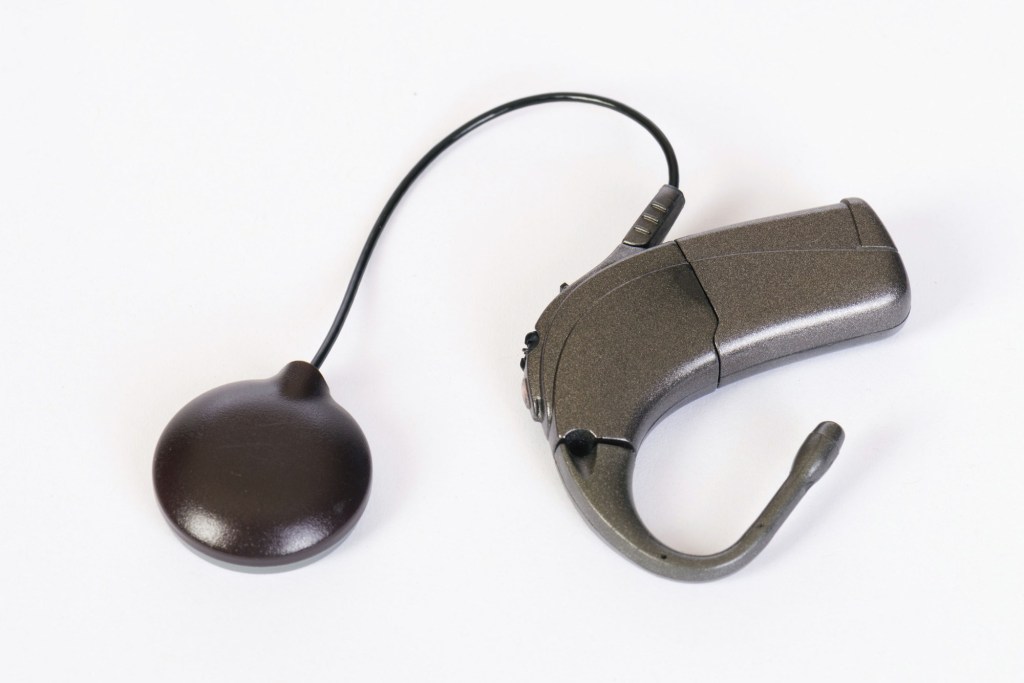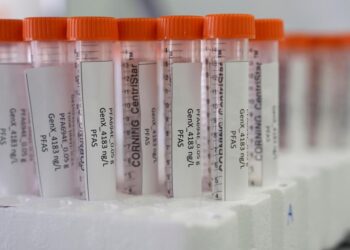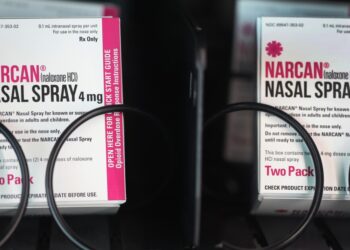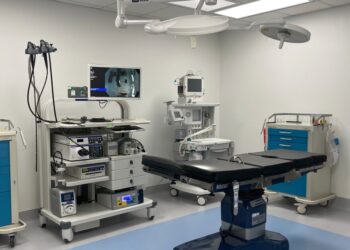Single-sided deafness (SSD) is a hearing impairment that affects at least one in every 1,000 babies born. These infants have severe-to-profound hearing loss in one ear with normal or near-normal hearing in the other ear. The condition can also develop in older children and adults.
If your child shows symptoms of single-sided deafness, sometimes called unilateral hearing loss, talk with their doctor right away. Hearing impairment can make it difficult for children to learn languages and speech. But prompt treatment can help avoid problems.
Symptoms of single-sided deafness to know:
— Tinnitus (ringing) in one ear
— Selective use of phone in only the hearing ear
— Head turning to hear the source of a sound
— Difficulty hearing in noisy environments
— Auditory fatigue from the extra effort that listening requires with hearing impairment
Early diagnosis and treatment for hearing impairment is key.
If any symptoms of single-sided deafness are identified, your child’s pediatrician may refer your family to an audiologist who specializes in hearing issues. An audiologist may perform a type of hearing test called a behavioral audiogram. For infants, an audiologist will perform an auditory brainstem response test. This hearing test involves tonal sounds and clicks that are played. Electrodes measure your child’s response to the noises by tracking brainwaves.
Once diagnosed, there are several treatment options for single-sided deafness. Treatment may include steroids, varied seating in the classroom, hearing aids or bone conduction hearing devices. The most successful treatment for SSD is cochlear implantation.
A cochlear implant is an electronic device that sends signals to the cochlea (inner ear). These signals are perceived as sound and coded into speech.
A cochlear implant consists of four parts: a microphone, sound processor, transmitter and electrode array. The microphone…
Read the full article here







